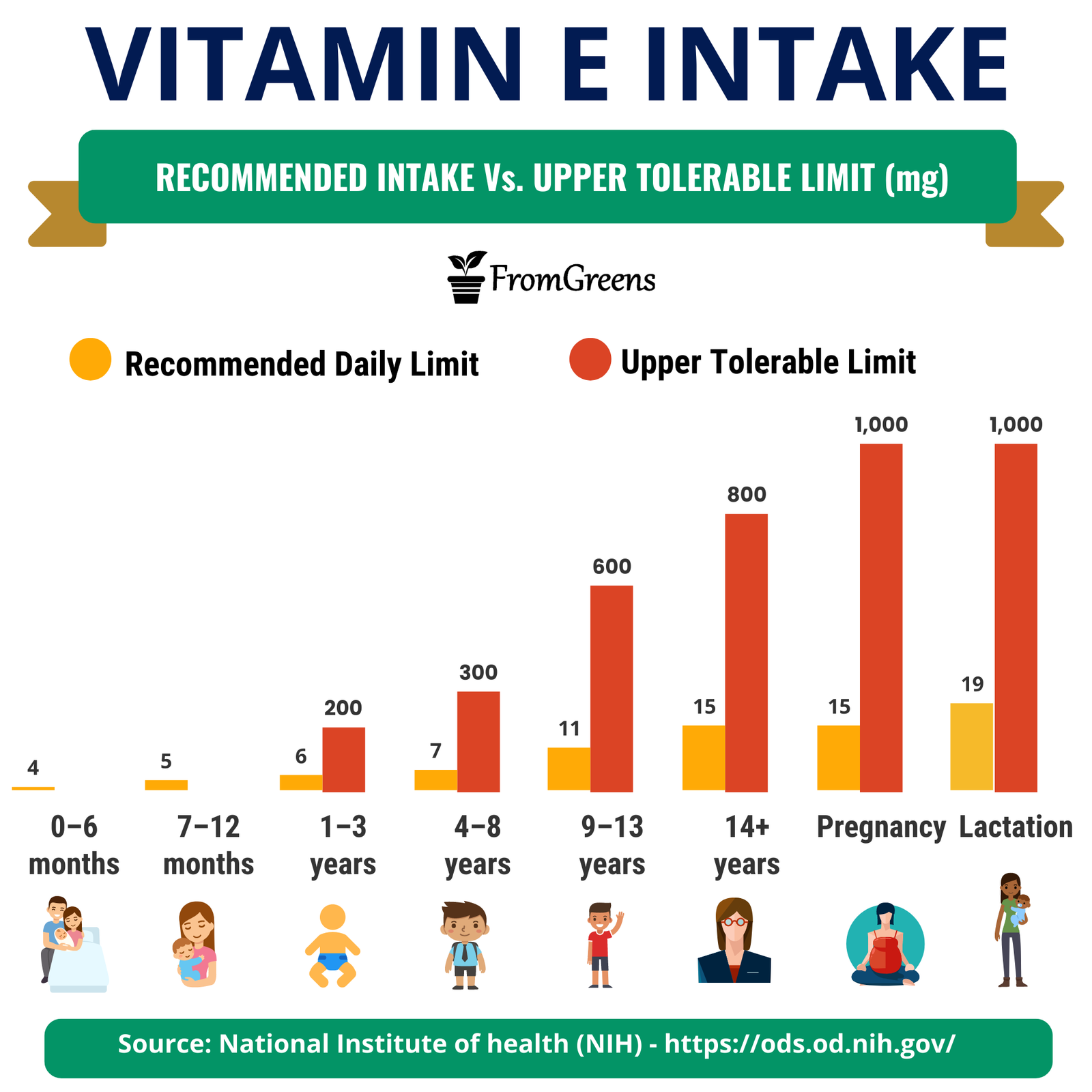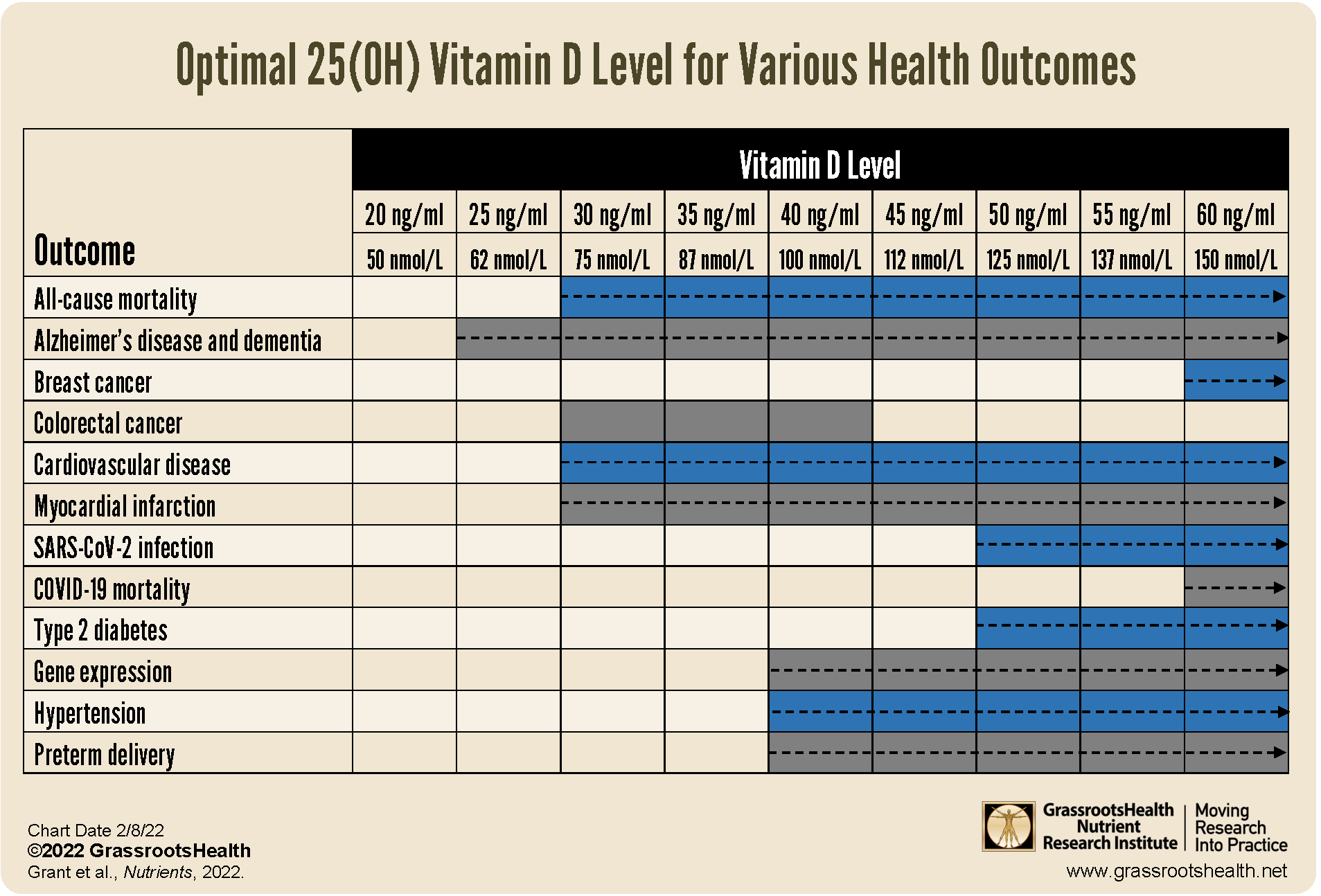Is your furry friend suffering from lack of energy, dull coat, or dry skin? The optimal dosage of Vitamin E for canine health could be the solution you’ve been looking for!
Vitamin E is an essential nutrient for dogs, playing a crucial role in maintaining a healthy immune system, protecting cells from damage, and promoting overall well-being. However, determining the right dosage is vital to avoid potential harm.
Optimal Vitamin E Dosage: The Key to Canine Health

Vitamin Chart – Source ar.inspiredpencil.com
The optimal dosage of Vitamin E for dogs varies depending on their weight and individual needs. Generally, it ranges from 10 to 200 IU per pound of body weight per day. To ensure your dog receives the right amount, consult with your veterinarian, who can recommend a personalized dosage based on their specific health condition and diet.
Excess Vitamin E can lead to toxicity, so it’s essential to follow the veterinarian’s instructions carefully. Symptoms of Vitamin E toxicity include vomiting, diarrhea, lethargy, and blood clotting disorders. Always choose high-quality supplements from reputable sources to minimize the risk of adverse reactions.
History and Myth of Vitamin E for Dogs

Omega 3 Fish Oil For Dogs and Cats – Wild Icelandic, Pure, Natural – Source www.pinterest.com
Vitamin E was first discovered in 1922 by American biochemist Herbert Evans and his colleague Katharine Bishop. They named it “tocopherol,” derived from the Greek words “tokos” (birth) and “pherein” (to bear), as they initially believed it was essential for reproduction.
Over the years, Vitamin E has gained popularity as a potent antioxidant that protects cells from damage caused by free radicals. It’s often touted as a miracle cure for various health ailments, including cancer, heart disease, and even aging. However, scientific evidence supporting these claims is limited.
The Hidden Secret of Vitamin E: Its Role in Canine Health

Benefits Of Vitamin E – Source www.news18.com
Vitamin E is a fat-soluble vitamin that plays a vital role in numerous bodily functions, including:
- Immune System Support: Vitamin E boosts the immune system’s ability to fight off infections and diseases.
- Antioxidant Protection: It acts as an antioxidant, neutralizing harmful free radicals that damage cells and contribute to aging.
- Skin and Coat Health: Vitamin E promotes healthy skin and a shiny coat by nourishing the skin cells.
- Cognitive Function: It supports cognitive function in aging dogs, reducing the risk of age-related cognitive decline.
Recommendation for Optimal Vitamin E Dosage

Recommended Daily Intake Of Vitamin E For All Age Groups – Source fromgreens.com
To achieve optimal Vitamin E levels in your dog’s diet, consider the following recommendations:
- Feed your dog a balanced diet that includes natural sources of Vitamin E, such as organ meats, leafy green vegetables, and vegetable oils.
- Supplement with Vitamin E as recommended by your veterinarian, especially if your dog’s diet is deficient or they have a specific health condition.
- Use high-quality supplements that have been independently tested and certified for purity and potency.
- Monitor your dog for any signs of Vitamin E deficiency or toxicity and adjust the dosage accordingly.
Why Vitamin E Is Important for Canine Health
Vitamin E plays a crucial role in maintaining the health and well-being of dogs. It supports the immune system, protects against cell damage, promotes skin and coat health, and supports cognitive function. Ensuring your dog receives the optimal dosage of Vitamin E is essential for their overall health and longevity.
Tips for Optimal Vitamin E Dosage

What Vitamins Should A Woman Take And Why? (With images) | Vitamins – Source www.pinterest.com
To ensure your dog receives the optimal dosage of Vitamin E, follow these tips:
- Regular Veterinary Check-Ups: Consult with your veterinarian regularly to determine the appropriate Vitamin E dosage for your dog.
- Personalized Dosage: The dosage should be tailored to your dog’s weight, age, and health condition.
- Monitor for Deficiency or Toxicity: Observe your dog for any signs of Vitamin E deficiency or toxicity and adjust the dosage accordingly.
- High-Quality Supplements: Choose high-quality supplements that have been independently tested and certified for purity and potency.
- Avoid Excess: Do not exceed the recommended Vitamin E dosage, as excessive amounts can be harmful.
Benefits of Vitamin E for Dogs
Including Vitamin E in your dog’s diet can provide numerous benefits, including:
- Enhanced Immune System: Vitamin E boosts the immune system, helping your dog fight off infections and diseases.
- Improved Skin and Coat Health: It nourishes the skin cells, promoting healthy skin and a shiny coat.
- Reduced Inflammation: Vitamin E has anti-inflammatory properties, reducing inflammation throughout the body.
- Cognitive Function Support: In aging dogs, Vitamin E can help support cognitive function and reduce the risk of age-related cognitive decline.
Fun Facts about Vitamin E for Dogs

Optimal Vitamin D Levels Differ for Specific Outcomes – GrassrootsHealth – Source www.grassrootshealth.net
Here are some fun facts about Vitamin E for dogs:
- Dogs can produce Vitamin E in their liver, but supplementation may be necessary for optimal levels.
- Vitamin E is stored in the body’s fat tissues, so dogs can benefit from a slow release of Vitamin E over time.
- Vitamin E is not destroyed by heat, so it can be safely included in cooked dog food.
- Dogs with certain medical conditions, such as heart disease or cancer, may require higher doses of Vitamin E.
How to Administer Vitamin E to Dogs
Vitamin E supplements come in various forms, such as capsules, tablets, and liquid drops. The best method of administration depends on your dog’s preference and ease of use:
- Capsules or Tablets: These are the most common forms of Vitamin E supplements and can be given whole or opened and sprinkled on your dog’s food.
- Liquid Drops: Liquid Vitamin E can be easily added to your dog’s food or water.
- Food Supplements: Some dog foods are fortified with Vitamin E, providing a convenient way to ensure your dog’s intake.
What If My Dog Gets Too Much Vitamin E?

Perlas de éter: ¿Qué son y para qué sirven? – TuInfoSalud – Source www.tuinfosalud.com
While Vitamin E is generally safe for dogs, excessive amounts can lead to toxicity. Symptoms of Vitamin E toxicity can include:
- Vomiting and Diarrhea: Excessive Vitamin E can cause digestive upset, leading to vomiting and diarrhea.
- Lethargy and Weakness: High levels of Vitamin E can lead to lethargy and weakness in dogs.
- Blood Clotting Disorders: Vitamin E can interfere with blood clotting, increasing the risk of bleeding problems.
- Liver Damage: In severe cases, excessive Vitamin E can damage the liver.
Listicle: 10 Ways Vitamin E Benefits Dogs
To summarize the importance of Vitamin E for dogs, here’s a listicle of its top 10 benefits:
- Boosts the immune system
- Protects against cell damage
- Promotes healthy skin and coat
- Supports cognitive function
- Reduces inflammation
- Protects against heart disease
- Reduces the risk of cancer
- Slows down aging
- Improves energy levels
- Promotes overall well-being
Question and Answer
- Q: How much Vitamin E does my dog need per day?
A: The optimal dosage depends on your dog’s weight and individual needs, but generally ranges from 10 to 200 IU per pound of body weight per day. - Q: Can I give my dog too much Vitamin E?
A: Yes, excessive Vitamin E can lead to toxicity, so it’s essential to follow the veterinarian’s instructions and not exceed the recommended dosage. - Q: What are the signs of Vitamin E toxicity in dogs?
A: Symptoms of Vitamin E toxicity include vomiting, diarrhea, lethargy, and blood clotting disorders. If you suspect your dog has consumed too much Vitamin E, seek veterinary attention immediately. - Q: Can my dog get Vitamin E from food?
A: Yes, natural sources of Vitamin E include organ meats, leafy green vegetables, and vegetable oils. However, supplementation may be necessary to ensure your dog receives optimal levels.